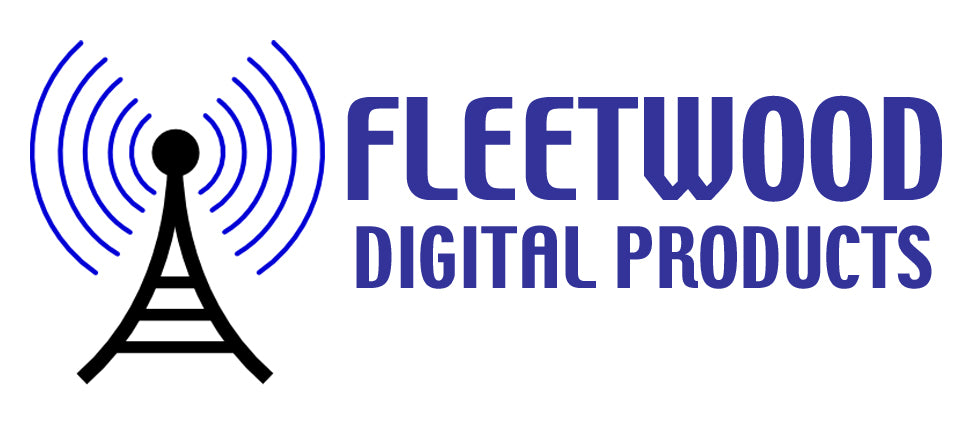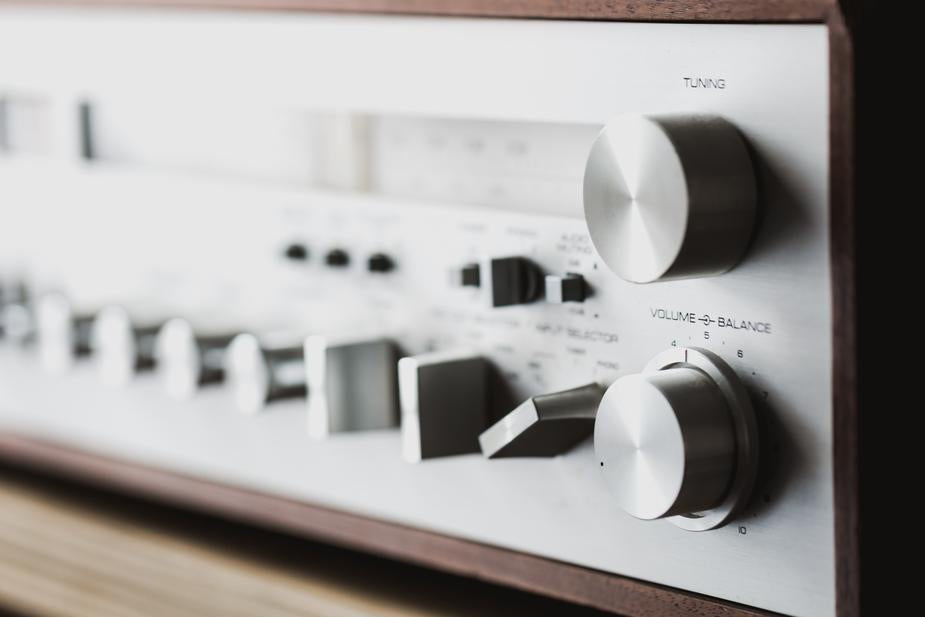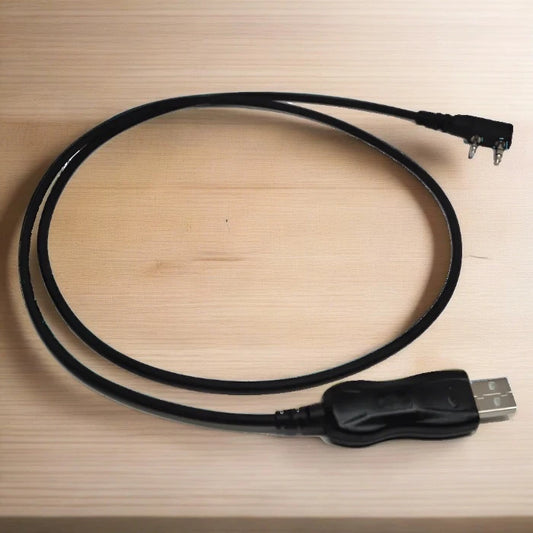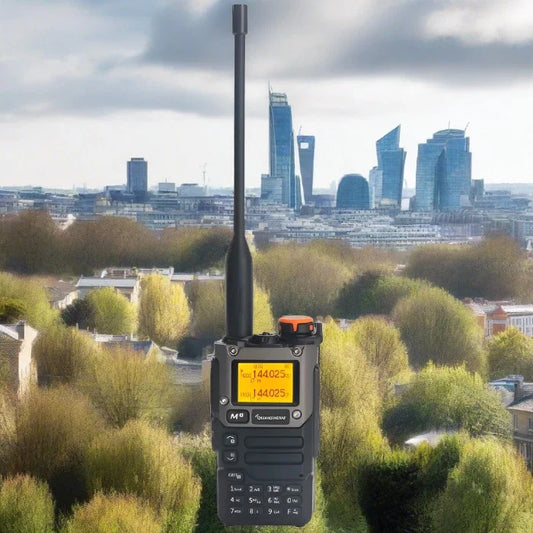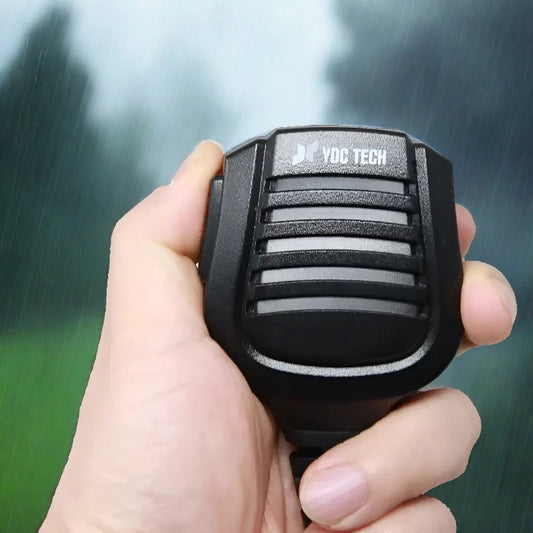Shortwave radio, also known as high frequency (HF) radio, is considered by some to be the "first internet." Shortwave (3 - 30MHz) signals travel great distances (especially at night) and can be tuned to listen to broadcasts originating in other countries, earning shortwave radio the nickname of "world band radio." Sound quality can vary greatly, but is largely intelligible. In just a little time, you too can become a SWL--a shortwave listener.
Compare radio features and quality.
- Analog shortwave, Amplitude Modulation (AM) is a common mode for broadcasters, but there is also Single Side Band (SSB) mode.
- An SSB radio will receive both SSB and AM modes, but an AM only mode radio will not allow intelligible SSB monitoring.
- Digital tuners (sometimes called PLL or Phase Locked Loop) are more expensive, but make it easy to precisely tune and lock on a particular frequency. Drift is virtually eliminated. These tuners can also easily scan and memorize frequencies. However, many inexpensive digital tuners present the listener with "chopping" sounds or "automatic muting" while tuning, that analog tuners do not exhibit. This would only be a problem when attempting to scan shortwave bands for content, not when there is a specific frequency that you wish to tune. See Tips.
Upgrade to a larger and/or external antenna to improve reception. Fleetwood Digital stocks HF antennas for this type of use. Nearly anything will be better than just the telescopic rod type antenna included with the radio; adding long length of wire clamped to the rod antenna with a simple alligator clip can work wonders! Move the wire around to find the optimum location for best reception.
Become familiar with shortwave bands. There are multiple shortwave bands named 25 meters, 31 meters, 49 meters, etc. Each band encompasses a specific frequency range. Some radios show frequency in megahertz (MHz) and other in kilohertz (KHz). You may need to consult your radio's manual in order to find out how to get into specific bands. Generally, most bands have the clearest signals at sunrise and sunset, although some are better at night and others are better during the day.
Scan the shortwave bands and find content "hit or miss".
- Annual publications like World Radio TV Handbook and Passport to World Band Radio provide frequencies and schedules of broadcasters.
- There are websites that will tell you which broadcaster is using the frequency ] as well as provide a schedule of English language shortwave broadcast.
- Some people look for certain kinds of content:
- Foreign stations - this pursuit is often referred to as DXing; DX is the telegraphic shorthand for "distant."
- Specialized shortwave utility, or "ute", transmissions - e.g. maritime, naval, aviation, or military signals.
- Numbers stations - broadcasts of voices reading in unidentified code; the origin is uncertain, and the purpose is suspected by many to be espionage.
- Interactive communication between amateur radio operators.
Request and collect QSL cards by sending an "SWL (Short Wave Listener) Reception Report" to a broadcaster. This is optional, but many shortwave listeners enjoy collecting QSLs as keepsakes, and you provide the broadcaster with valuable feedback and information. To put together an SWL Reception Report, you'll need to record the following information: • When and how the station identifies itself. • The name of the program. • Content of the news or other program • Names of the announcer(s). • Items unique to the locality of the station. • How well the signal was received using the SINPO code:
- Signal. Refers to the strength of the signal received.
- Interference. Indicates whether other stations were interfering with the signal.
- Noise. Identifies the presence of atmospheric or other noise on the frequency.
- Propagation. Refers to the fading characteristics of the signal.
- Overall. Tells the station how well you received their signal.
Tips
- It helps to have an understanding of metric (SI) units as you may need to mentally convert between kilohertz and megahertz.
- Broadcast times are given in UTC (Coordinated Universal Times), also referred to as Greenwich Mean Time (GMT), so you may need to convert the times given into your time zone.
- Compare the digital and analog tuners to get a better understanding of both the "chopping" sound and auto-muting function described. If the digital radio you like has the "chopping" sound or auto-muting function that you don't like - determine if it can be modified by the store or after-market before you make the purchase. RadioLabs is one internet site that sells new radios and modifies them - or can modify certain radios that you might already own.
- Some stations accept e-mails or provide reception report forms on their Web sites.
- Install a better antenna (some more meters of wire) if your reception is bad. Ask for help from a radio amateur if you don't know what kind of antenna is better for you.
Attribution: https://www.wikihow.com/Use-a-Shortwave-Radio
